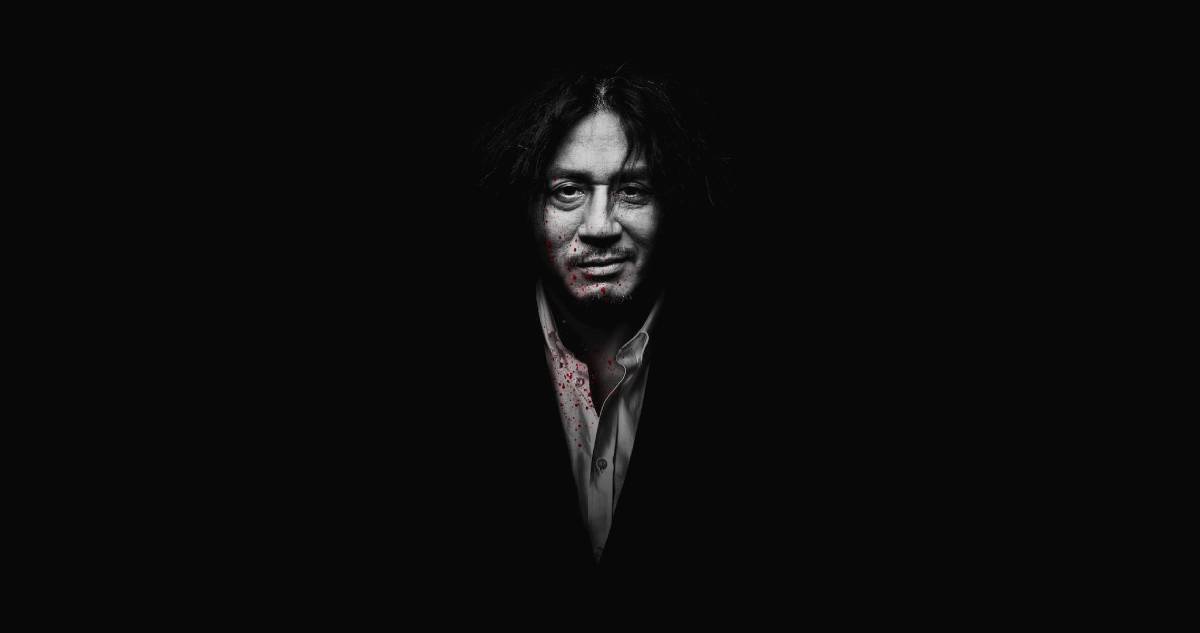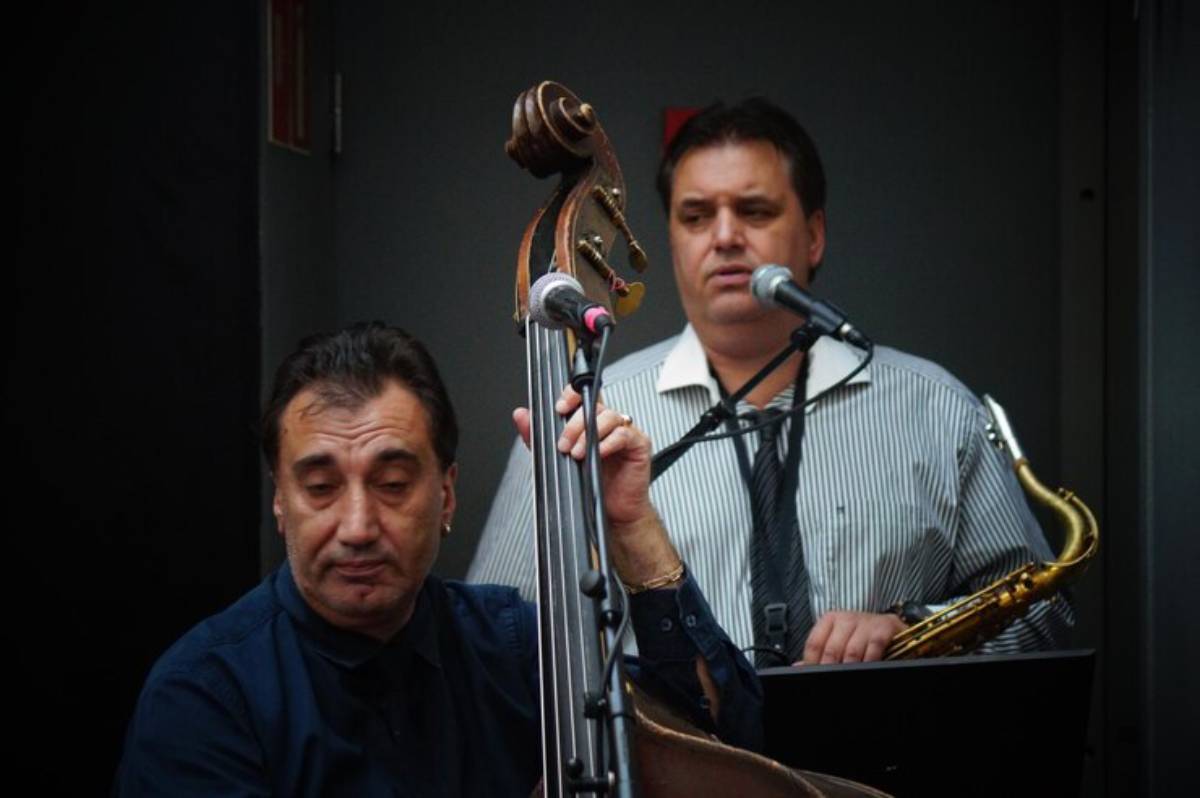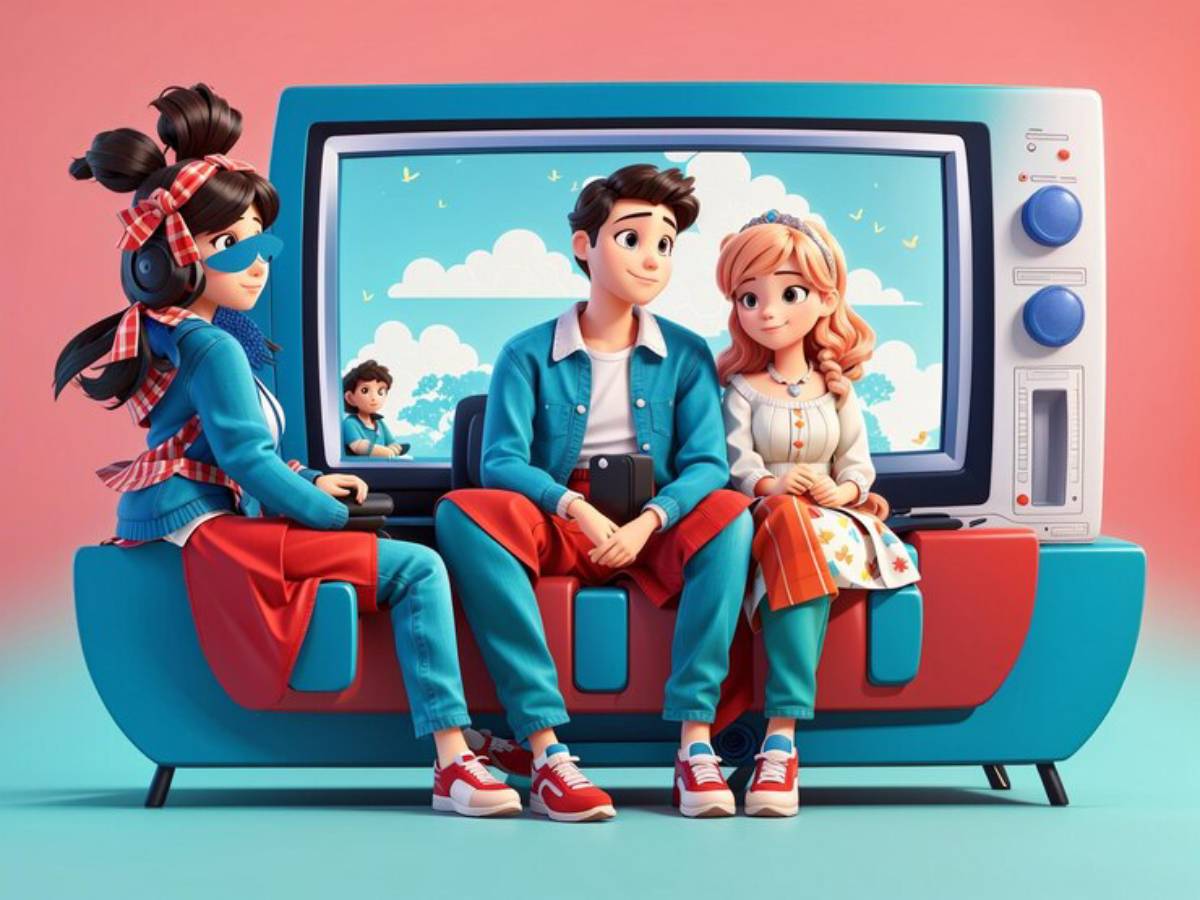
The Rise of Dark Comedy in Film & TV
Dark comedy has become a strong player in entertainment. It captivates audiences with its mix of humour and dark themes. Black comedy mixes humour and horror. It gives a bold view of the human experience. Its growth in film and TV isn’t just a trend. It shows cultural change and a desire for deeper, more layered stories.
In this blog, we will delve into the origins, significance, and continued rise of dark comedy in film and television. We’ll look at why dark comedy appeals to today’s audiences. We’ll highlight important examples that shaped its reputation. Plus, we’ll share tips for those wanting to create or review dark comedy.
Why Dark Comedy Matters
Dark comedy matters because it makes us laugh while forcing us to confront uncomfortable truths. It challenges taboos, shows the contradictions in social norms, and provides a release through laughter. It doesn’t avoid topics like death, mental health, or injustice—instead, it uses them as a canvas for commentary.
Dark comedy uses humour to tackle tough topics. It offers a safe way for audiences to face painful truths. The very act of laughing at things we’re told not to laugh about challenges the status quo and pushes societal conversations forward.
A Reflection of Societal Changes
Dark comedy is a mirror of societal evolution. In the past, television and film comedy often focused on light-hearted, family-friendly material. As society talks more about mental health, politics, identity, and existential dread, dark comedy has become more relevant.
Think about how shows like BoJack Horseman are becoming popular. They talk about depression and addiction, honestly. They use a lot of sarcasm and surreal humour, too. Or Fleabag, which explores grief, loneliness, and guilt while breaking the fourth wall with biting wit. These works exemplify how dark comedy isn’t just entertaining—it’s socially and emotionally resonant.
In a world grappling with crises, from climate change to social inequality, dark comedy acts as both a coping mechanism and a form of rebellion. It acknowledges pain but offers laughter as a way to endure it.
Key Moments in the Evolution of Dark Comedy
While dark comedy has always existed in some form, its formal rise in mainstream media can be traced to several pivotal moments:
1. Classic Dark Comedy Films
Early black comedies in cinema, like Dr. Strangelove or How I Learned to Stop Worrying and Love the Bomb (1964), mocked Cold War fears and the craziness of nuclear destruction. Stanley Kubrick’s masterpiece paved the way for future films that dared to laugh at global catastrophe.
In the 1990s and early 2000s, films like American Beauty, Fargo, and Being John Malkovich gained prominence. These works mixed existential dread with humour. They started a new wave of storytelling that combined light and dark themes.
2. Television Gets Edgy
Television caught up in the late 2000s and 2010s. The Sopranos and Breaking Bad mixed drama with dark humor. They used irony and twisted morals to make us laugh. In the UK, series like The League of Gentlemen, Inside No. 9, and Black Mirror further pushed the envelope.
The Office (UK and US versions) also deserves mention. While it’s not usually seen as a dark comedy, its awkward humour and focus on life’s dull moments helped open doors for bolder content in mainstream comedy.
3. Streaming Liberates the Genre
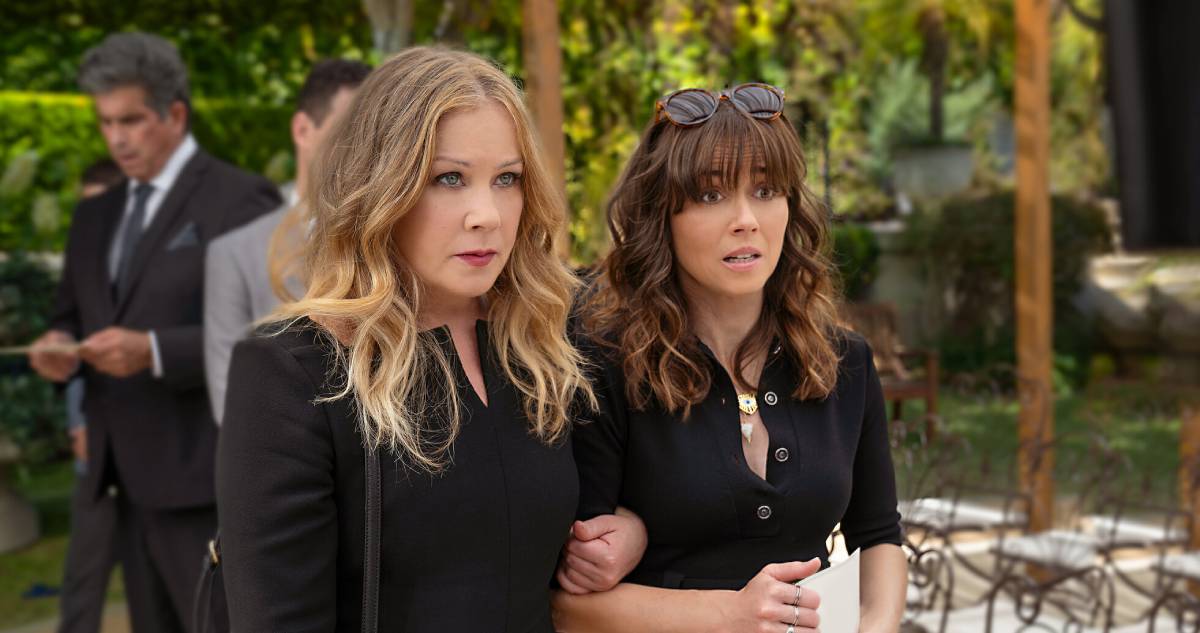
Streaming platforms such as Netflix, Amazon Prime, and HBO Max have transformed the creative landscape for dark comedy. Creators can now break free from broadcast rules and commercial breaks. This freedom lets them fully express their ideas. As a result, we see more innovative and unique content.
Shows like Dead to Me, Russian Doll, and Barry explore themes of trauma, death, and moral ambiguity with ironic wit and razor-sharp scripts.
Dark Humour in Film: Why It Works
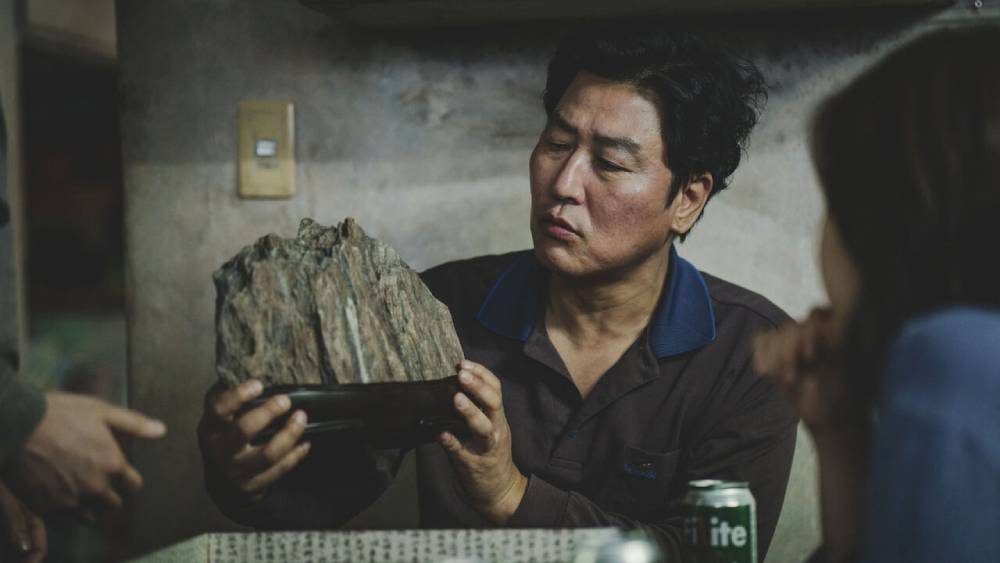
Dark humour in movies allows audiences to explore disturbing or existential topics from a safe distance. Instead of ignoring life’s darker side, viewers are urged to face it directly—while also having fun.
Take The Lobster (2015), for example. This dystopian satire examines love and conformity in a bizarre world where single people are turned into animals if they fail to find a mate. Its absurdity makes the social critique easier to grasp. The bleak tone highlights the anxiety about relationships.
Other examples include:
- Jojo Rabbit (2019): A child’s imaginary friend is Adolf Hitler, and yet the film balances tragic loss with a message of hope and resilience.
- In Bruges (2008): A hitman’s crisis of conscience is layered with sharp banter, Catholic guilt, and dark absurdity.
- Parasite (2019): Though more of a thriller, its dark comedic moments deepen the satire on class and inequality.
These films share a common thread: they make you laugh, then stop you in your tracks with moments of raw human truth.
Best Practices for Creating Dark Comedy
Crafting a successful dark comedy is no easy feat. Here are some best practices to guide writers, directors, or producers entering the genre:
1. Respect the Subject Matter
Even if you’re using humour to discuss serious issues, treat the core theme with respect. Audiences can tell when a show or film is mocking something for the sake of it versus using humour to illuminate a deeper point.
2. Start with the Characters
Well-developed, emotionally complex characters are the backbone of any good dark comedy. Their motivations, flaws, and vulnerabilities make the audience care—so that when the humour cuts deep, it lands with purpose.
3. Use Irony and Satire, Not Cruelty
Dark comedy walks a fine line. The goal isn’t to laugh at victims or perpetuate stereotypes. Instead, aim to highlight hypocrisy, systemic flaws, or absurd societal norms. Satire works best when it punches up, not down.
4. Create Emotional Range
Great dark comedies make room for both laughter and sorrow. It’s not about relentless bleakness—it’s about emotional honesty. Think of the gut-wrenching final episodes of BoJack Horseman that still manage to include moments of levity.
Common Pitfalls to Avoid
1. Using Shock for Shock’s Sake
Simply including taboo topics doesn’t make your story meaningful. Gratuitous violence, vulgarity, or nihilism without purpose can feel shallow and off-putting. Shock should serve the story, not distract from it.
2. Forgetting the Comedy
While it’s tempting to lean into the dramatic elements of dark comedy, don’t forget to make it funny. Even gallows humour needs a laugh—no matter how dry, awkward, or delayed it might be.
3. Alienating the Audience
Dark comedy requires trust. If audiences feel that you’re mocking them or delivering cruelty without thought, they’ll disengage. Earn their trust through consistent tone, compelling characters, and meaningful themes.
The Role of Streaming and Globalisation
Streaming services have done more than just expand dark comedy’s reach—they’ve made it global. International creators can now share their work with global audiences. This leads to exciting cultural crossovers.
Comedy shows like Dark from Germany, Derry Girls from Ireland, and Ramy from the US mix local culture with universal themes. Different voices make the genre richer. They offer new views on old questions about morality, identity, and mortality.
The Future of Dark Comedy

Looking ahead, dark comedy seems poised to continue its ascent. People are feeling anxious about many things, like the economy or politics. Because of this, they will probably enjoy stories that reflect their fears but also make them laugh.
Emerging technologies, like interactive storytelling (such as Black Mirror: Bandersnatch) and AI-generated narratives, can create new kinds of dark comedy. Immersive, personalised humour that mirrors your darkest thoughts is now a reality.
Moreover, younger creators who grew up on ironic, meme-laden content have an instinctual grasp of dark humour’s mechanics. Their rise promises even bolder and more innovative approaches.
Final Thoughts: Laughing in the Dark
Dark comedy is more than just a genre—it’s a way of processing life’s messiness. It gives voice to those moments when laughter feels like the only way to survive. Whether it’s a film about grief with witty dialogue or a TV show about moral failings with absurd twists, dark comedy gives us something to hold onto.
In a world that often feels unstable or overwhelming, the rise of dark comedy suggests that audiences don’t just want escapism—they want honesty. And sometimes, the most honest thing you can do is laugh at the darkness.
So, whether you’re a creator, critic, or casual viewer, take the time to appreciate what black comedy offers. It may not always be comfortable, but it’s rarely forgettable. And sometimes, the darkest jokes shine the brightest light on the human soul.
